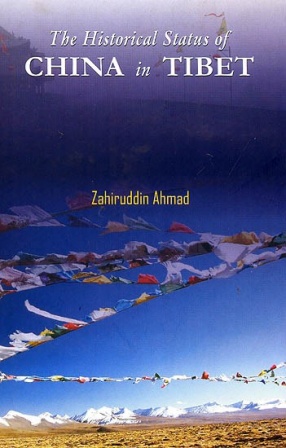The History of Tibet by Nag-dBan Bio-bZan rGya-mTSHO, the fifth Dalai Lama of Tibet (1617-82), was completed on 14 November 1643. It celebrates the Dalai Lama’s coming to power in Tibet in 1642. He sees this event as a new spring in the history of Tibet, to celebrate which he wrote The Song of the Queen of Spring or A History of Tibet.
The notes by the translator, Zahiruddin Ahmad, add to our understanding of the text. For instance, while commenting on the relationship established between the Mongolian Qubilai Qagan (reigned 1260-94) and the ‘Phags-Pa Lama (1235- 80), the seventh head of the Sa-sKya-Pa sect of Tibetan Buddhism – the translator shows (in Notes 734 and 739) that the relationship was essentially a personal, religious one. This means that the present-day Chinese claims to "Chinese sovereignity" – or even "Chinese suzerainty" – in Tibet "since the thirteenth century" are not supported by historical facts.
In this book, the author examines the claim, made by the British in the 19th120th centuries, that China was suzerain (but not sovereign) in Tibet; and the counter-claim, made by the Chinese, that China was sovereign (not suzerain) in Tibet, at least since the 13th century.






There are no reviews yet.